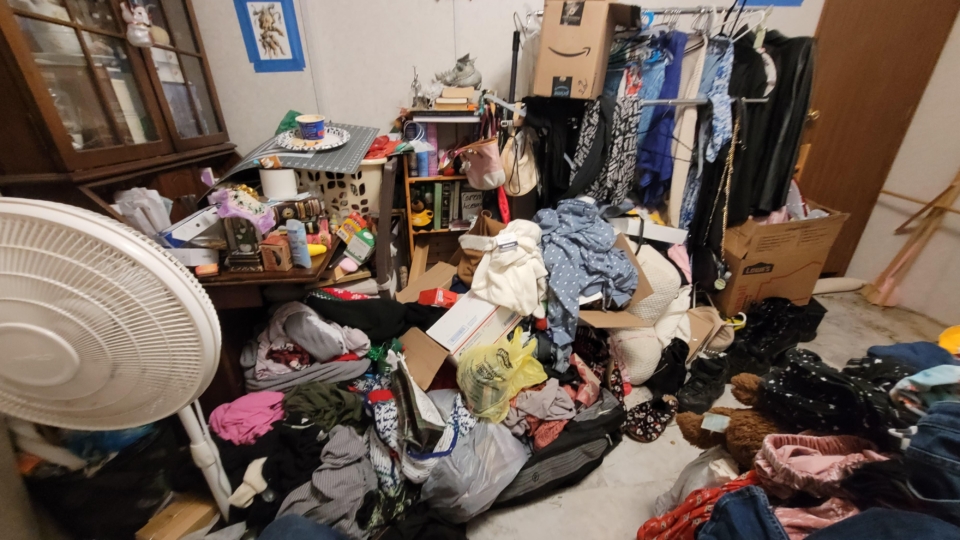
Minimalist Living Tips for a Clutter-Free Home
A minimalist lifestyle isn’t just about having fewer things—it’s about making room for more purpose, calm, and clarity in your life. From how you furnish your home to how you shop, think, and organize, minimalism can simplify your routines and bring peace into everyday spaces. Here’s a comprehensive guide to making it part of your life.
1. Prioritize Purpose Over Possession
Choose items intentionally. Ask if each object serves a purpose or adds real value to your life. Let your home reflect your values, not just your spending habits.
2. Declutter in Manageable Steps
Take it slow—room by room or category by category. Use the four-box method: keep, donate, sell, discard. Small steps build momentum and lasting change.
3. Embrace the One In, One Out Rule
Whenever you bring something new in, let something else go. This keeps clutter from accumulating and encourages mindful buying.
4. Choose Quality Over Quantity
Fewer, high-quality items last longer and function better than cheaper, disposable ones. Invest in essentials that elevate your lifestyle.
5. Stick to Simple, Neutral Color Palettes
A calm, consistent palette creates a clean, open feel. Whites, greys, and earth tones reduce visual noise and enhance space.
6. Streamline Your Furniture
Use pieces that serve multiple functions and have sleek, clean lines. Arrange furniture to encourage flow and openness.
7. Store Out of Sight, But Review Often
Utilize hidden storage to reduce visible clutter—but don’t hoard. Periodically review what you’ve stored and let go of what’s no longer needed.
8. Digitize and Go Paperless
Cut down on paper clutter by switching to digital bills, scanning important documents, and unsubscribing from physical mail where possible.
9. Limit Decorative Items
Curate a few meaningful decor pieces instead of covering surfaces. Let negative space accentuate your style and give your eyes a place to rest.
10. Practice Mindful Shopping
Pause before buying. Ask yourself: Do I need this? Do I love this? Mindful purchases support long-term simplicity and reduce buyer’s remorse.
11. Create Zones for Functionality
Assign specific areas of your home for specific uses—reading, work, rest. This builds clarity and reduces cross-purpose clutter.
12. Declutter Daily
Just 10–15 minutes a day keeps clutter at bay. Add it to your morning or evening routine for sustained simplicity.
13. Simplify Your Entryway
Install hooks, a small shoe rack, or a tray for essentials. A clear entryway sets a calm tone every time you walk in.
14. Try a Capsule Wardrobe
Curate a compact, versatile clothing selection that matches your lifestyle and style. Review and rotate it seasonally.
15. Keep Surfaces Clear
Maintain open counters and tables by storing items not in use. A tidy surface makes the whole room feel cleaner.
16. Refresh and Reorganize Regularly
Minimalism is ongoing. Check in with your space every few months to keep systems working and remove what’s outdated.
17. Tame Kids’ Clutter Thoughtfully
Use rotation systems for toys, and teach kids simple storage habits. Minimalism can be taught early with care and clarity.
18. Apply Minimalism Beyond Objects
Declutter your schedule, digital devices, and even your commitments. Simplicity in time and attention boosts overall well-being.
19. Rethink Gifting
Opt for experiences or consumables over physical gifts. Encourage others to consider non-material presents that align with your values.
20. Let Light and Air In
Use natural light and ventilation to open up your space. This enhances your environment and highlights the minimalist beauty already present.
Conclusion
Minimalist living is a journey of intentional choices—rooted in clarity, simplicity, and sustainability. With consistent action and mindfulness, your space can reflect who you are and what truly matters, free from excess and full of meaning.














Leave a Reply